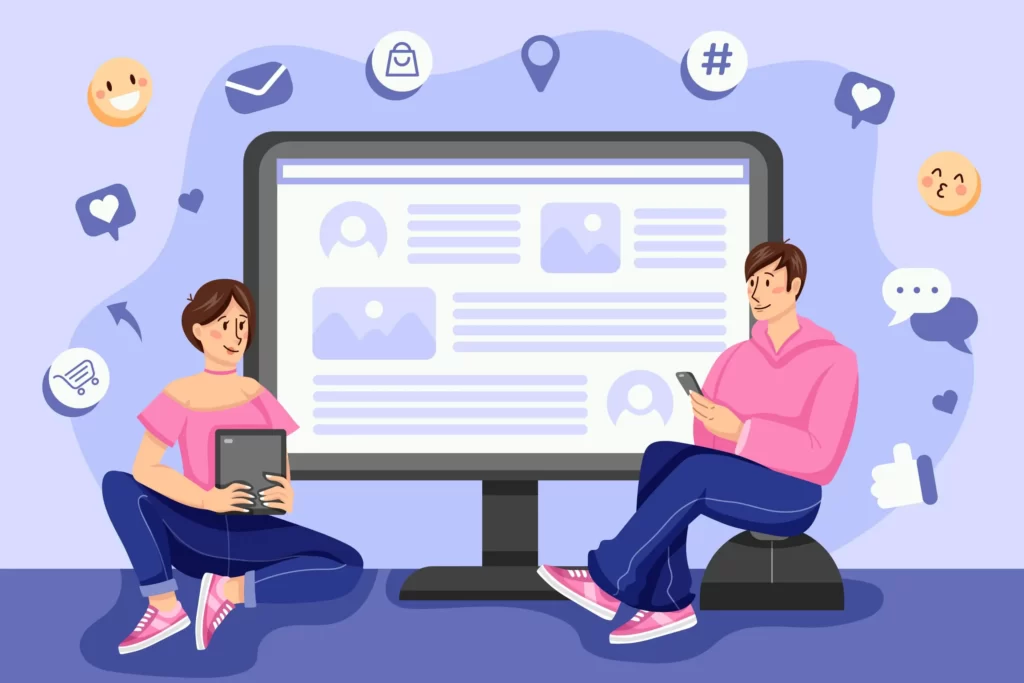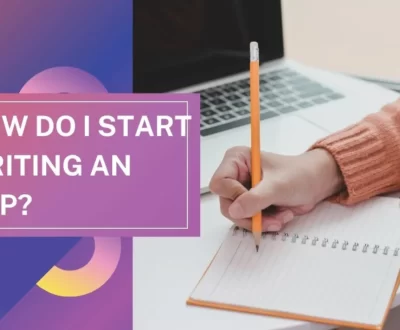Can You Use ChatGPT for Assignments?
Artificial Intelligence (AI) has become an indispensable tool in almost every field, including education. AI-powered language models like ChatGPT have revolutionized the way students and writers approach their assignments and writing tasks. ChatGPT is an AI-based language model that can generate human-like responses to natural language prompts. In this article, we will discuss the benefits and challenges of using ChatGPT for assignments. How ChatGPT works, and tips for using ChatGPT responsibly and effectively.

What is ChatGPT?
ChatGPT is a state-of-the-art natural language processing (NLP) model developed by OpenAI. The model is based on a deep neural network architecture. That uses unsupervised learning to generate human-like responses to natural language prompts. ChatGPT has been trained on a massive corpus of text data, including web pages, books, and articles, allowing it to generate coherent and relevant responses to a wide range of queries.
How does ChatGPT work?
ChatGPT works by using a process called language modeling, which involves predicting the most probable next word in a sentence given the previous words. The model is trained on a large dataset of text, which it uses to learn patterns and relationships between words. When a user inputs a natural language prompt, ChatGPT generates a response by predicting the most probable next word based on the context of the input. The model can generate responses ranging from a single word to an entire paragraph, depending on the complexity of the input.
Benefits of using ChatGPT for assignments

ChatGPT has several benefits for students and writers, including:
Generating topic ideas: One of the biggest challenges students and writers face is coming up with a topic for their assignment. ChatGPT can help by generating a list of relevant topics based on a user's input.
Outlining an essay or research paper: ChatGPT can generate an outline for an essay or research paper based on a user's input. The outline can provide a clear structure for the assignment, making it easier to organize and write.
Providing explanations for difficult concepts: ChatGPT can generate explanations for difficult concepts that students may struggle to understand. The model can provide clear and concise explanations that are easy to understand.
Checking grammar and punctuation: ChatGPT can be used to check the grammar and punctuation of a user's writing. The model can identify common errors, such as spelling mistakes and misplaced commas, and suggest corrections.
Challenges of using ChatGPT for assignments
While ChatGPT has several benefits, there are also some challenges to using the model for assignments and writing tasks. Some of these challenges include:
The risk of plagiarism:
ChatGPT produces text in view of a dataset of existing text, and that intends that there is a gamble of counterfeiting on the off chance that the created text isn't as expected refered to or summarized.
The need for critical thinking and independent research: ChatGPT can provide information and ideas, but it cannot replace the need for critical thinking and independent research. Students should always verify the accuracy and relevance of the information generated by ChatGPT and use it as a starting point for their own research.
The limitations of ChatGPT:
ChatGPT is a powerful tool, but it also has its limitations. Since the model is trained on a large dataset of text, it may not be able to generate responses to highly specialized or technical prompts.
Tips for using ChatGPT responsibly and effectively
To use ChatGPT responsibly and effectively, students should follow these tips:
Check generated text for accuracy and originality:
Before using any text generated by ChatGPT in an assignment, students should check it for accuracy and originality. They can do this by running the text through a plagiarism checker or verifying the information using other sources. Assignment should be plagiarism free.
Use multiple sources of information:
While ChatGPT can provide a wealth of information, it should not be the only source used in an assignment. Students and writers should use multiple sources of information to verify the accuracy and relevance of the information generated by ChatGPT.
Practice good writing habits:
ChatGPT can help with generating ideas and outlines, but it cannot replace good writing habits. Students should still practice good writing habits, such as organizing their thoughts, using clear and concise language, and proofreading their work.
Avoid plagiarism:
To avoid plagiarism, students and writers should properly cite any text generated by ChatGPT and paraphrase it in own words. They should also be aware of the risks of plagiarism and the consequences. It can have on their academic or professional careers.
The importance of critical thinking and independent research
While ChatGPT can be a valuable tool, it cannot replace the importance of critical thinking and independent research. Students and writers should approach ChatGPT-generated text with a critical eye and verify the accuracy and relevance of the information using. They should also strive to think critically about the information generated by ChatGPT and form. Their own opinions and arguments based on independent research.
Real-world examples of using ChatGPT in education
Several research studies and case studies have shown the potential benefits of using ChatGPT in education. For example, a study conducted by Stanford University found that students. Who used an AI writing assistant like ChatGPT were able to write more words per minute and produce more accurate writing. Another study conducted by the University of California, Berkeley found that ChatGPT could be used to teach students about bias and discrimination by generating examples.
Conclusion
In conclusion, ChatGPT is a powerful tool that can help students and writers with assignments and writing tasks. It is important to use the tool responsibly and effectively by checking generated text for accuracy. Using multiple sources of information, practicing good writing habits, and avoiding plagiarism. Students should also be aware of the limitations of ChatGPT and the importance of critical thinking and independent research. By following these tips, students can harness the power of ChatGPT to improve their writing skills and achieve their academic goals.









